Content by Jim Benson

Wed, 09/29/2021 - 12:02
Stress is a natural physical and mental reaction to life experiences. In fact, for short periods of time, it is actually valuable to us. The hormones our brains release during stressful moments were designed to protect us by preparing us to react…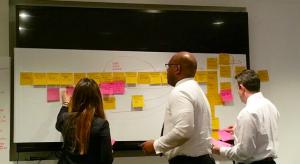
Tue, 08/10/2021 - 12:02
Value stream mapping is a team exercise, it’s collaborative, enlightening, and the foundation for professionalism.
I’m pretty well-known for saying that teams are unique and that there is no one process that satisfies every team’s needs. There is,…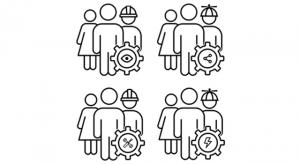
Wed, 06/02/2021 - 12:02
No matter who you are or what you do, you create systems and live in the systems of others every day. But for some reason, we’re never actually taught lean systems thinking. We think it is natural, that we just sort of “get it.”
On a personal level…
Thu, 05/06/2021 - 12:03
We want to grow as professionals. We want our products to be better, our know-how to be deeper, our impact to be known and recognized.
This is impossible without continuous improvement.
I have met many mediocre professionals who are mediocre only…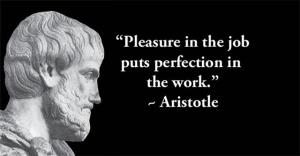
Tue, 04/27/2021 - 12:02
In lean there is mura, the waste of unevenness.
It’s probably the most important, but also most overlooked, in the waste theater.
For knowledge work, unevenness primarily interrupts flow. It’s when you have work that you should do easily but you…
Mon, 03/15/2021 - 13:02
Respect is an abused word. Weak minds use it as a placeholder for fear. Weak egos will demand it up front. Weak hearts will use it to attach themselves to people of bluster, wishing they could be so outspoken.
We could do with a few more…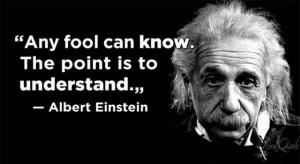
Mon, 03/08/2021 - 12:02
When we work together, which we all do, everything involves relationships. People request work from other people... that is a relationship. People take jobs that involve bosses and structure... those are relationships. People form teams to get…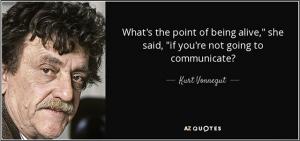
Mon, 02/01/2021 - 12:02
We focus on the work, we focus on the teams, but we rarely focus on the individuals. What does an individual professional need to be fully engaged, enthusiastic, and ready to take on new challenges?
Think of five of those needs.
At the core of any…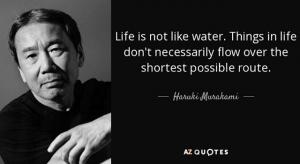
Tue, 12/22/2020 - 12:03
The strength of lean thinking and an agile mindset is that, at heart, they are both about continuous improvement. People want to, need to, improve. We need to get better at what we do, see increasing impact, and know we are making a difference.
If…
Wed, 10/21/2020 - 12:02
Last night I sat down to watch something that would help me barbecue meat better: a two hour-long movie called Barbecue. Simply that, by Australians. I figured it would be about making succulent shrimp or game meats. Something... Australian.
The…